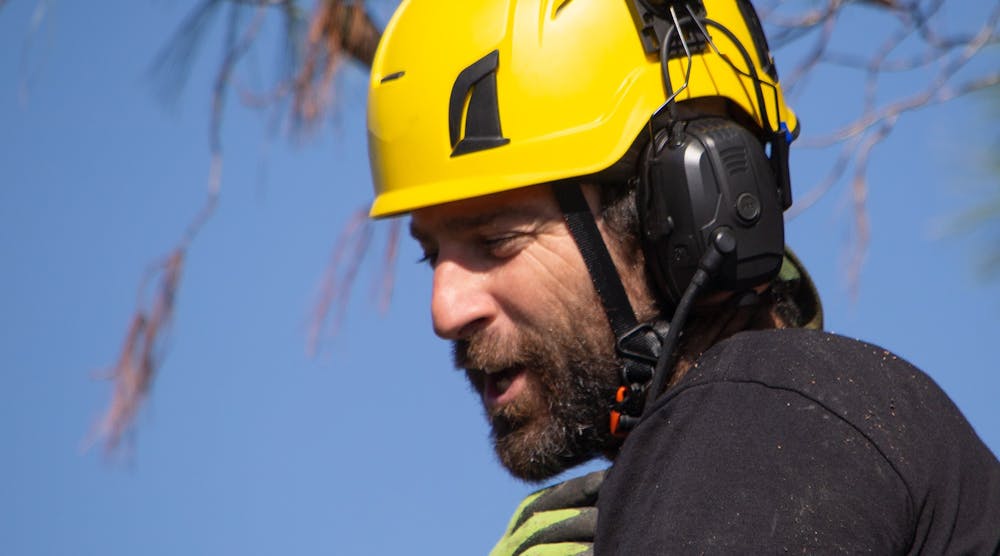Community, Leadership, Experimentation, Diversity, & Education
Pittsburgh Arts, Regional Theatre, New Work, Producing, Copyright, Labor Unions,
New Products, Coping Skills, J-O-Bs...
Theatre industry news, University & School of Drama Announcements, plus occasional course support for
Carnegie Mellon School of Drama Faculty, Staff, Students, and Alumni.
CMU School of Drama
Monday, March 27, 2023
Subscribe to:
Post Comments (Atom)

2 comments:
I’ve always thought that communication is such an important part of any job. But it is especially important in dangerous situations. I tend to think of more dangerous situations, like being a police officer or a firefighter, working in construction, operating heavy equipment, but also, working in theatre. There are so many dangerous things in theatre. We are constantly building things, using dangerous tools, lifting heavy objects and hoisting them fifty feet in the air with nothing to protect them if they fall. We are a job that requires much communication for safety. I’ve been in situations where there has been a lack of communication, and that lack of communication causes stress and physical harm. It’s easy to look back and see that the only clear answer that could have prevented that is proper communication. It’s important for people to stay on the same page, and look out for each other.
This is a very important topic to be aware of in our field and it was interesting to read about some old and new best practices when it comes to the communication that keeps us all safe on worksites. While this article isn’t specifically geared towards theater, the idea of everyone wearing wireless headsets, especially in a larger shop or work environment makes a lot of sense. It’s pretty hard to hear when you have earmuffs or other required ear protection on, and even when you don’t it can be loud enough that it becomes difficult to hear - especially when safety and work progress is reliant completely on voice communication. Wireless headsets are pretty reliable (especially the ones they picked), but expensive so smaller organizations might not be able to purchase the same safety gear. I’d be interested to see how this technology is used in the future on worksites - safety is so important, and this seems like one viable solution in development to solve a very real problem.
Post a Comment